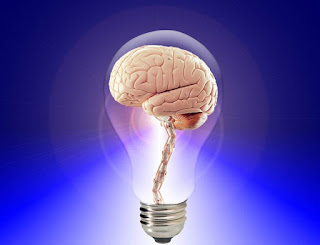25th International Conference on Neurochemistry and Neuropharmacology
Electrical Brain Stimulation in Treatment of Neurodegenerative Diseases
The early Egyptians and Romans recognized the numbing effect of the electric properties of catfish. In fact, Romans were the first to cultivate electric fishes for pain relieving effect. But since then, not much has changed in the development of electricity based medical treatments. Things only started to change two millennia later with the discovery of electricity and a better understanding of neurophysiology.
Electroconvulsive therapy was born in the middle of the 19th century. In the early days, it was primarily used to treat neuropsychiatric disorders. In the mid-19th century, direct electric current was used for electroconvulsive therapy. By the end of 19th-century, the alternate current was discovered, and its use along with the use of magnetic fields became the subject of experiments not only investigating neuropsychiatric conditions but also other diseases like epilepsy and chronic severe headaches.
Electroconvulsive therapy is still used in the treatment of severe neuropsychiatric conditions like schizophrenia or depression, where suicidal tendencies do not respond to pharmacological agents. Unlike in the old days, now this is a non-invasive treatment usually performed under general anesthesia. The therapy non-selectively resets various centers in the brain and thus has wide-ranging side effects like loss of memory, headaches, and muscle aches.
Considering the widespread side effects of electroconvulsive therapy, the need for more selective stimulation of particular brain centers specific for a particular disease was obvious. The improvements in understanding of brain physiology and surgical techniques gave rise to “deep brain stimulation” (DBS). This is an invasive method where electrodes are surgically placed inside the specific part of the brain that are connected to a small electrical device that generates the stimulation.
At present, DBS has been shown to be effective in the treatment of Parkinson’s disease, epilepsy, obsessive compulsive disorder, and dystonia. It is being studied for applications in treating depression, drug addiction, and other neurodegenerative disorders such as dementia. As the method is invasive and involves the surgical implantation of electrodes inside the brain, it is reserved for cases that fail to respond to pharmacological therapy.

Comments
Post a Comment